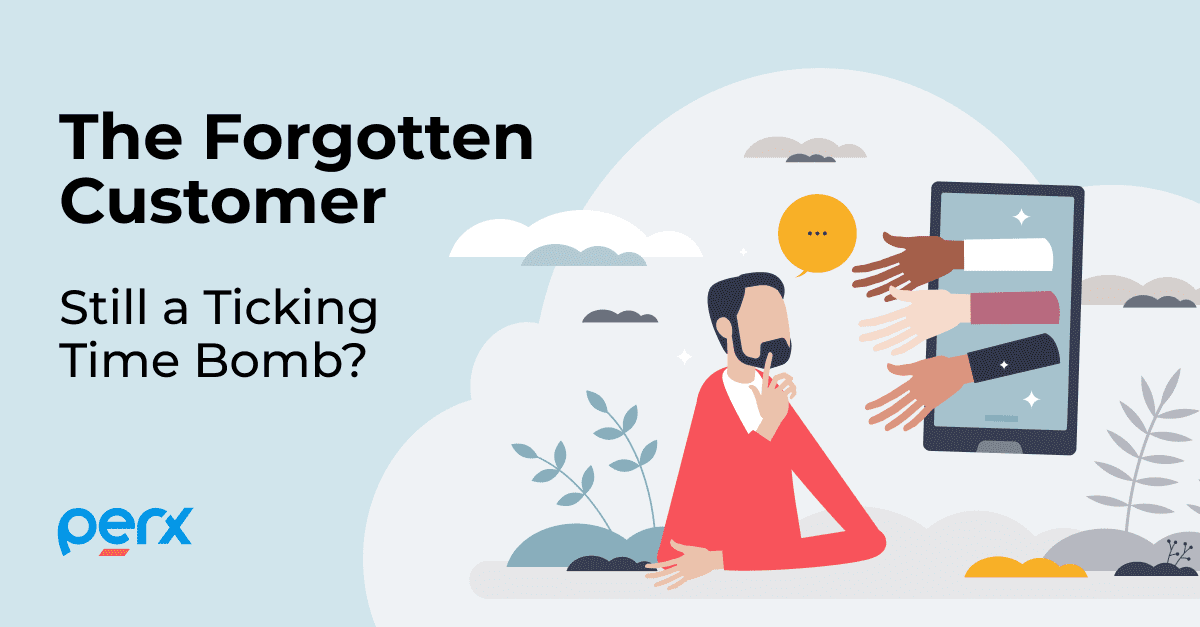Transforming Digital Banking: A Success Story & Our New Partnership

Transforming Digital Banking: A Success Story & Our New Partnership
Exciting news as we wrapped up last year! The largest digital bank from South Africa, renowned for its innovative customer engagement and vast digital footprint, visited our Singapore headquarters in December.
- This dynamic financial leader has redefined banking in South Africa
- Holds the title of the largest digital bank in the region
- Serves over 20 million active customers
- Expands through 700+ branches, boasting the most ATMs nationwide
- Earned global acclaim for its customer-centric and innovative banking solutions
- Committed to financial inclusivity, witnessing a remarkable 17% growth in earnings despite challenging economic conditions
Their most impressive feat? Transforming their loyalty rewards program, #LiveBetter, into a thriving profit center in under 3 years – a rarity in today’s market where most loyalty programs struggle to achieve this milestone.
#LiveBetter: A Case Study in Innovative Loyalty Strategy
* Launched in June 2021, swiftly grew to over 18.5 million members
* Achieved profitability in less than 3 years, defying traditional earn/burn points models
* Promotes savings and financial growth, with 13.5 million clients leveraging their unique automated savings tools
* Partners strategically with merchants, avoiding traditional reward subsidization
The bank’s approach is far from ordinary. It’s not just about banking; it’s about creating sustainable value and enriching customer experiences. Their success story is a testament to the power of innovative thinking outside the traditional banking and loyalty program frameworks.
As we embark on this partnership, our focus is on elevating their engagement strategy further, ensuring their customers enjoy even more meaningful experiences and lasting relationships.
Stay tune by hearing their success story live…
Recommended for you

Blogs

Sustainability

Blogs

Blogs

Blogs
Ready to join them?






















